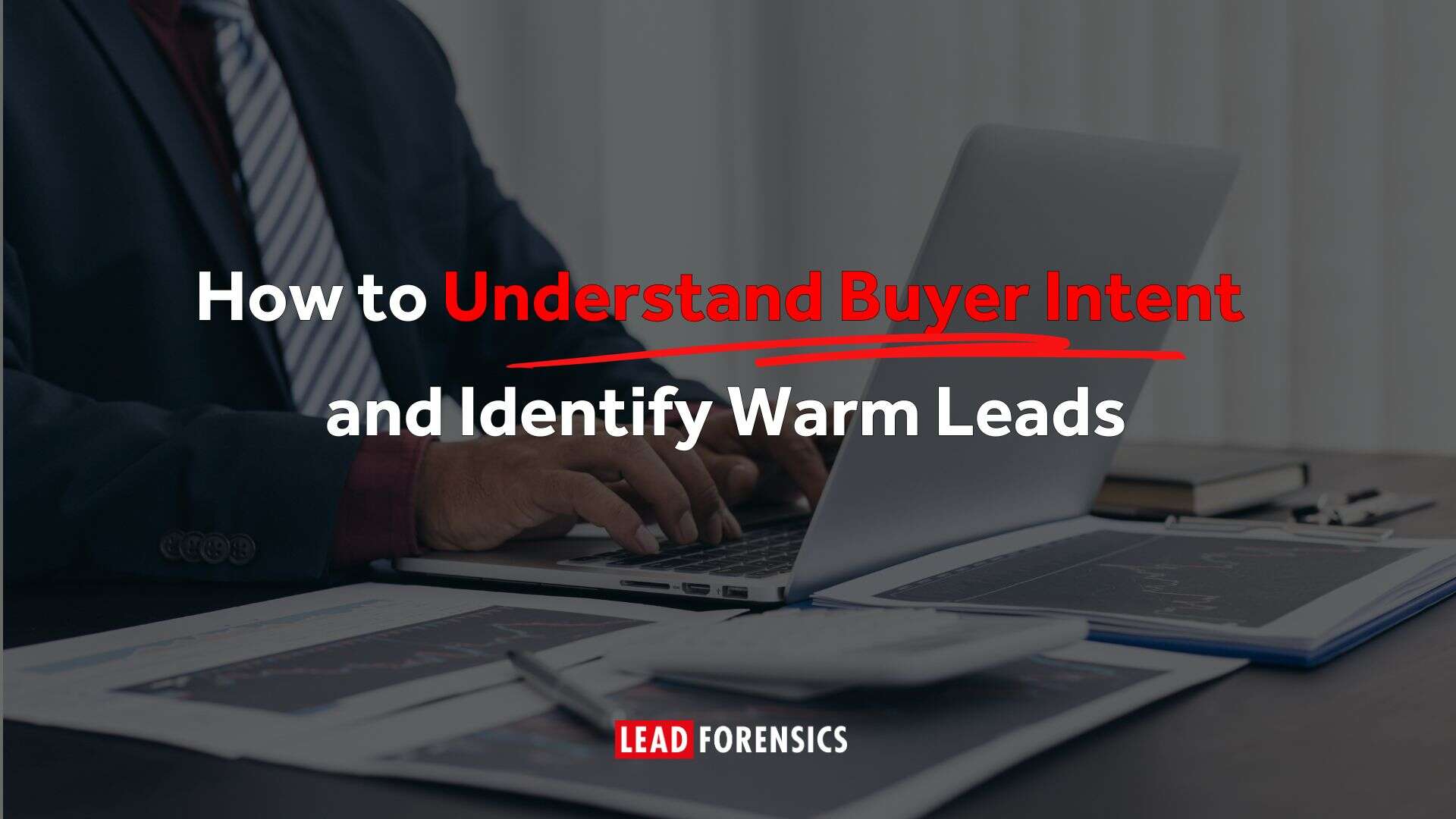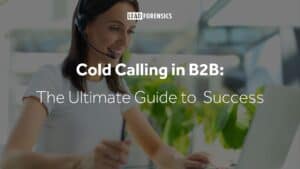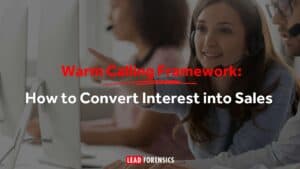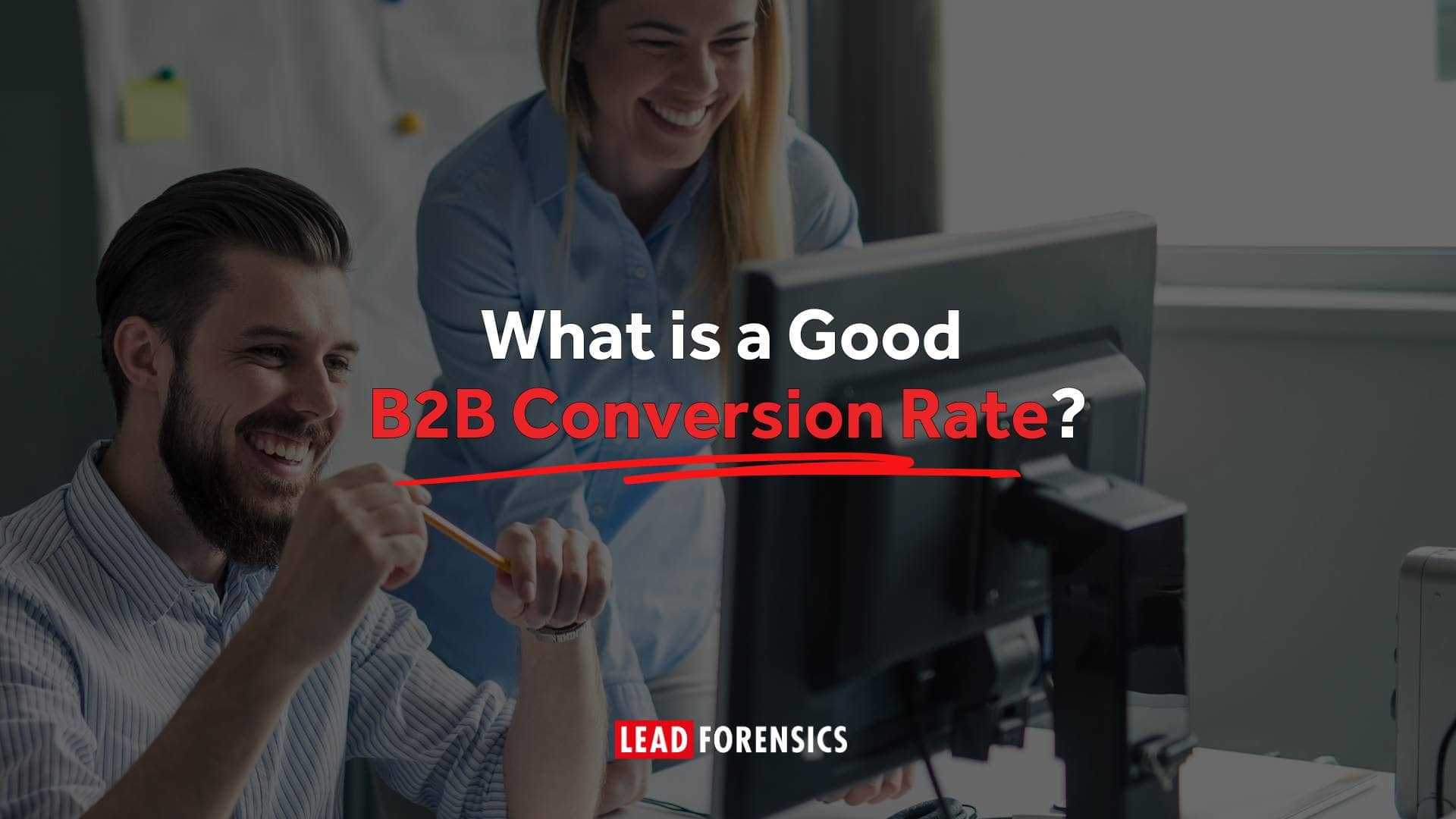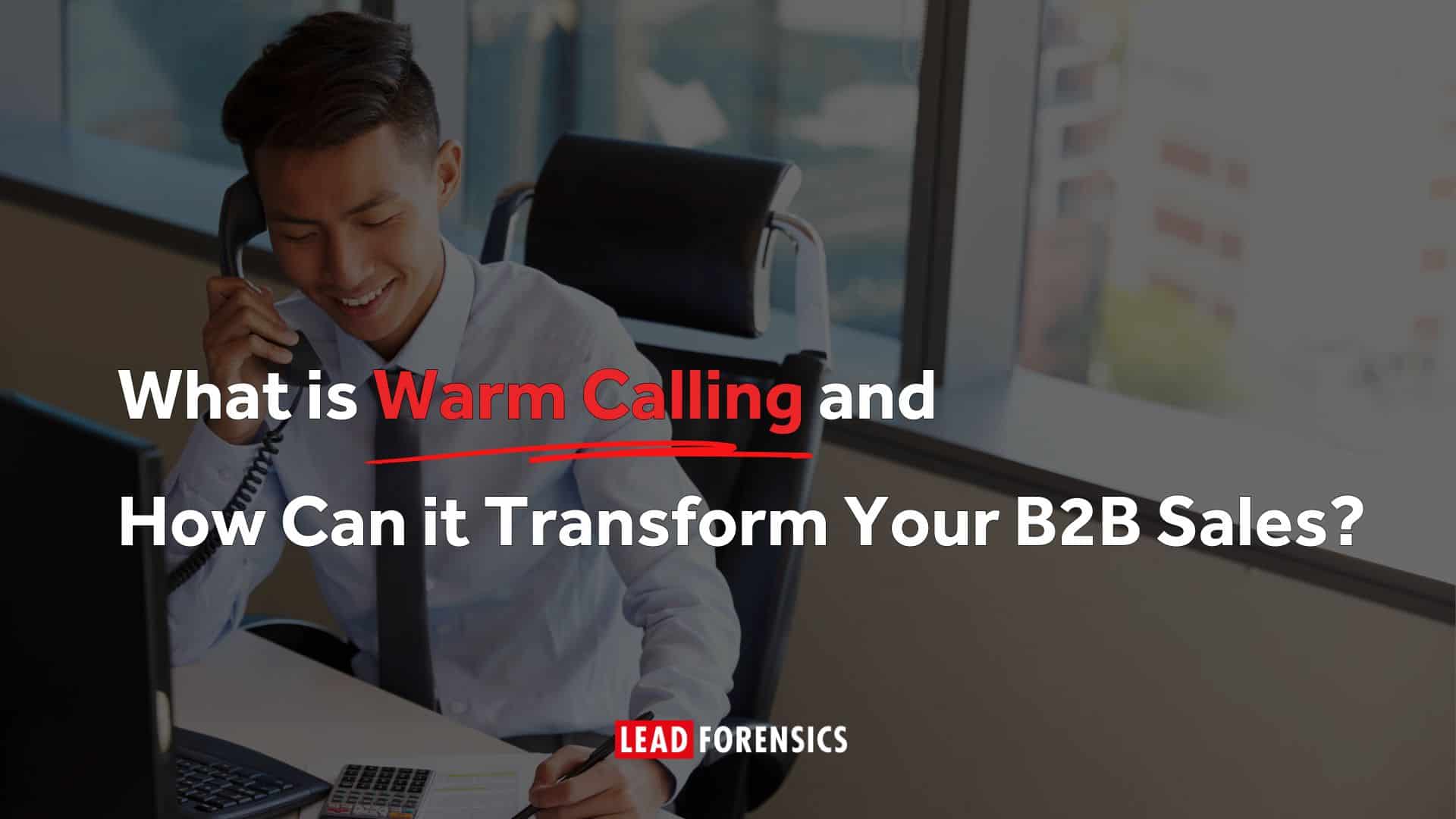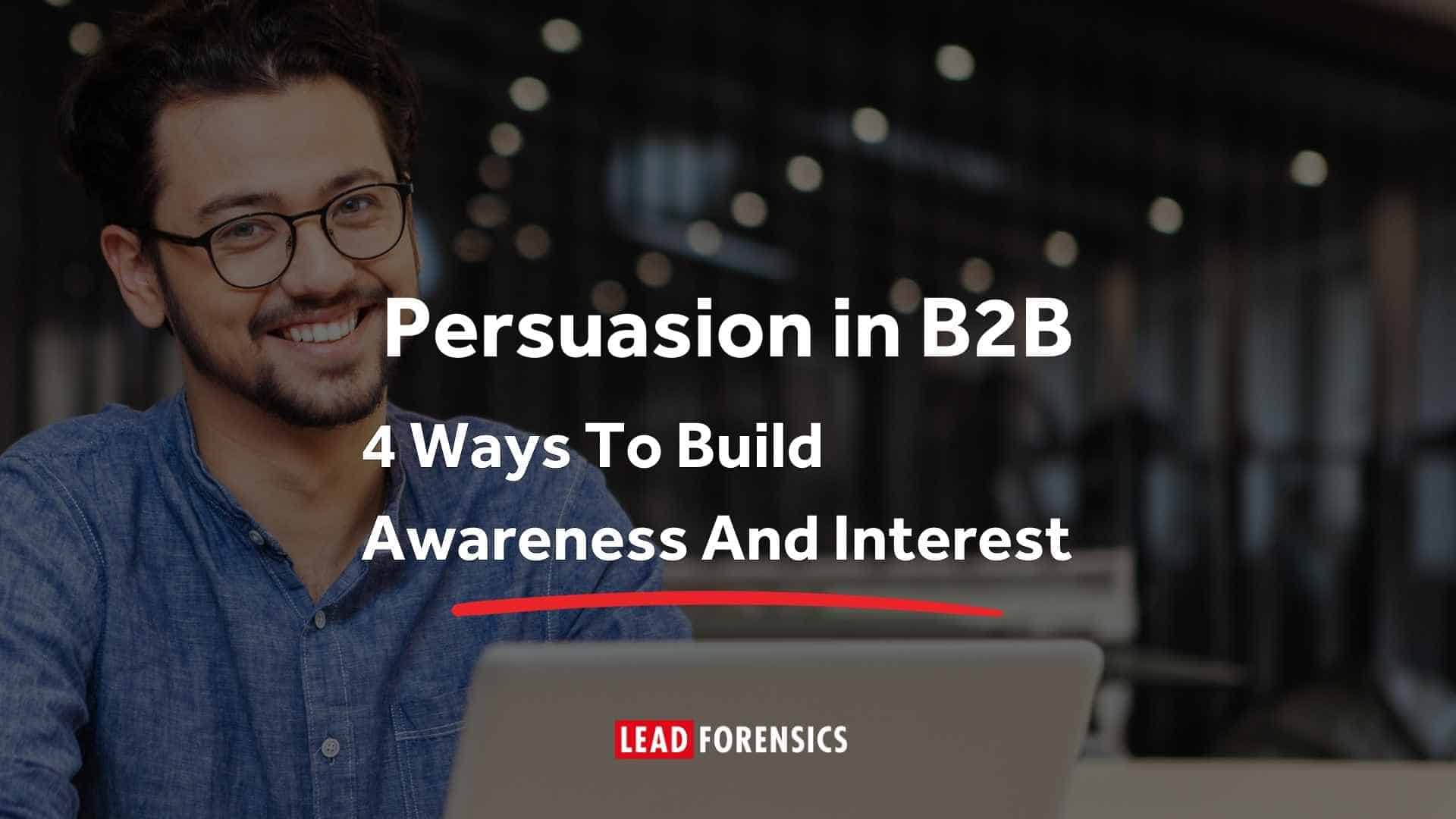You could generate your own B2B leads and SQLs, but that takes a lot of time and resource. To speed things up, you need to look at buyer intent data.
What is Buyer Intent?
Buyer intent describes the motivation of a buyer at their current stage in the sales cycle.
There are many different types of buyer intent:
- Informational intent is when a buyer is at the research-gathering stage. They’re looking for as much information as possible before they’re ready to purchase.
- Commercial intent explains when a buyer is considering purchasing a product or service and they’re comparing options, so they’re in the middle of the buying journey.
- Investigative intent describes when a buyer is doing a deep dive into the features, benefits and limitations of a product or service. They’re getting closer to purchasing but haven’t been totally sold just yet.
- Transactional intent relates to the point when a buyer is ready to purchase.
Why is Buyer Intent Useful for B2B Sales?
If you can understand the intent of your prospect and match them to the right stage of the B2B sales funnel, you can tailor your communication accordingly and have more effective sales conversations.
Buyer intent insights also help you to work out which leads are giving signals that they’re close to being ready to purchase, so you know who to focus on.
In fact, there’s a lot that you can do with buyer intent information:
- Time your interactions to align with when a prospect reaches the right stage of the buying journey
- Build your relationship with a prospect by sharing the most helpful information at the most valuable moments
- Get ahead of your competitors by speaking to prospects just before they reach out to a bunch of suppliers
- Reduce your cost per acquisition by pursuing prospects with the highest buying intent
How do you Identify Buyer Intent?
There are several signals you can review to try and understand buying intent. These include:
- Viewing certain pages on your website. If they look at top-of-funnel, broad guides then they’re probably at the informational stage. But if they’ve been looking at your product comparisons, pricing details or FAQs, they’re giving signals that they have commercial or investigative
- Engaging with your emails. If they regularly open emails that are targeted towards conversions, showcasing things like case studies, this might hint at a commercial or investigative intent. But if they open sales offers or free trial emails, this could be seen as a sign they’re ready to buy.
- Joining webinars. If the topic is something like a live demo or a customer success story, the attendee is signaling high buyer intent. But if they’re joining to learn more about a broader topic in their industry, they may only have informational intent.
- Downloading content. Depending on what the content is about, downloading certain white papers or eBooks can signal different types of buyer intent. Buyers at the investigative stage might want to see a detailed breakdown of your features, benefits and limitations, while a commercial intent buyer might want to see examples of how you’ve helped others meet similar goals.
Where Do You Find Buyer Intent data?
There’s no limit to how much data is out there, but not all of it is useful. It’s worth assessing what data sources you have access to and mapping out where your data gaps lie.
There are three types of data you can use.
First-party Intent data
The first place to look for buyer intent data is your own, first-party data sources. These include:
- Web analytics tools like GA4. You’ll be able to see what’s happening on your website, but the data is anonymous so there’s no way to know who’s displaying signs of high buyer intent.
- Email marketing tools, like Mailchimp or Klavio. You’ll see who’s opening your emails and clicking on links, but this doesn’t give you any insight into users with high buyer intent who haven’t subscribed to your emails.
- Social media listening tools, like Brandwatch. You’ll be able to see which social media accounts mention you in a way that suggests high buyer intent, but you may not be able to uncover who’s behind the account.
- Customer relationship management (CRM) tools, like HubSpot or Salesforce. You’ll be able to get a more complete view of which buyers are showing high intent, but this only works for people you’re already aware of. If they’re not in your CRM tool, they’re still anonymous and invisible.
- B2B website visitor identification tools, like Lead Forensics. You’ll find out which companies are on your website and already displaying high buyer intent.
It’s also worth considering how this can be supplemented with data from other sources.
Second-Party Intent Data
When another organization collects data that they share with you, it’s called second-party data.
This could be data that’s gathered as part of a direct partnership or data-sharing agreement. For example, you could send an email to their subscriber list or present during a webinar they host.
This kind of second-party data often means the prospects have had some interaction with your brand before, which qualifies them as a warm lead. And because it comes from a source that has a connection to your business, the data is more likely to be accurate and relevant.
Third-Party Intent Data
If you still need more data, you can turn to third-party sources. The kind of information you can get includes:
- Review site activity, which tells you when someone has been reading reviews of your products – or your competitors.
- Firmographic data, which details things like company size, location, industry and revenue.
- Technographic data, which outlines the technologies used by companies.
- Search behavior, which uncovers the terms people type into search engines when they’re looking for something.
How Do I Find Warm Leads from Buyer Intent Data?
The most important thing to remember is that a warm lead is a prospect who has already had some interaction with your company. Therefore, the only types of data that are suitable for warm calling are those which show some kind of connection to your brand – otherwise you’d be moving into the world of cold calling.
First-party data will give you warm leads because the data is gathered from prospects who have directly engaged with you. But if you’ve partnered with another organization to put your brand in front of their audience, those leads can also be considered warm.
The challenge comes with third-party data. Some types of data, like firmographic and technographic, don’t show any connection with your brand. Although the prospects might fit your ideal client profile (ICP), you have no way of knowing if they’ve heard of you before, so they would be treated as a cold lead.
Other data, like insights into which companies are reading customer verdicts on review platforms, would be considered warm leads because they’re looking at your business’ profile.
How to Use Buyer Intent Insights for More B2B Sales
There’s a wealth of data at your fingertips that you can leverage for more effective conversations.
Some of the most impactful ways you can use buyer intent data include:
- Tailor your content to their buying stage. If a prospect displays high buyer intent signals, you should match their motivation by sharing things like comprehensive product specifications, comparison charts, customer success stories and live demos or free trials.
- Pick the perfect time to reach out. Use buyer intent signals to see when someone is considering their options and give them a call to make sure you’re front-of-mind.
- Focus your warm calling on leads that display high buyer intent. Make sure your sales team is laser-focused on the prospects who probably want to hear from you because they’re ready to choose their solution.
Get Alerts When Someone Shows High Buyer Intent
Did you know that with Lead Forensics, you can get alerts when a prospect takes a certain action?
You can get notifications when a prospect visits your website or views specific pages.


